 Oriental Republic of Uruguay (1957/1958-2019)
Oriental Republic of Uruguay (1957/1958-2019)
Light Tank – 17 Purchased
Uruguay, like several other countries in South America, has been a traditional customer of US military hardware. In Uruguay’s case, this first example were 40 M3A1 Stuart light tanks delivered in 1944-1945. In the years following the Second World War and the Korean War, obsolete armored vehicles which were no longer deemed as required for the current situation of the US military were given as military aid to US allies, particularly in Latin America. It was in this context that Uruguay would receive 17 M24 Chaffee light tanks in 1957-1958, which would proceed to remain in service within the Uruguayan Army all the way to 2019, an impressive 61 years of service.

The first armored vehicles of Uruguay
Uruguay is located on the east coast of South America, between the two largest countries of the continent, Argentina and Brazil. It has traditionally maintained cordial relations with both. At the same time, in the decades following the repression of the Blanco revolt in 1904, Uruguay managed to evolve into what was at the time one of the more democratic and stable nations of South America. Though this was interrupted at times, notably with a coup in 1934, Uruguay remained one of the more prosperous and peaceful nations of the continent. As such, the need for a large fleet of armored vehicles was somewhat wasted on the South American nation. The first armored vehicles of Uruguay were a small fleet of three Citroën P28 armored cars received in 1933-1934 used by the Guardia Metropolitana Uruguayana, a unit of the Uruguayan police located in Montevideo. For a decade, these would remain the only Uruguayan armored vehicles, before Uruguay’s involvement in the Second World War alongside much of Latin America, on the side of the United States, resulted in the small country receiving a fleet of 40 M3A1 Stuart light tanks in 1944-1945.

These tanks would be the most modern armored vehicles of Uruguay in the following years. By the late 1950s, they were becoming fairly obsolete even by South American standards though. While the Stuart was still very commonly used by other South American armies, notably Brazil, somewhat more potent vehicles were also commonplace. Argentina, for example, operated a considerable fleet of Sherman tanks, including some Fireflies of British origin. At the same time, with the conclusion of the Korean War, WW2-dated American surplus armor was exceptionally cheap.
Introducing Chaffees
In 1957-1958, Uruguay purchased a complement of 17 M24 Chaffee light tanks from the United States military. Deliveries were completed on September 30th, 1958. This was part of the American Military Assistance Program (MAP), under which the US provided military equipment to aligned nations within the context of the Cold War. These tanks did not come from the mainland US but were instead delivered from US Army stocks in Korea. A considerable amount of spare parts were likely delivered along with these, as well as in the coming years. Along with the Chaffees, Uruguay received a Sherman-based M74 Armored Recovery Vehicle.
Introduced by the US military in the later stages of the Second World War, the M24 was a potent light tank fitted with a 75 mm M6 gun, which featured considerable firepower against infantry and, by WW2 standards, even other armored vehicles outside of heavy tanks and the heaviest medium tanks. The tank was mobile and fairly easy to maintain and incorporated an M2 Browning 12.7 mm/.50 cal machine gun on top of the turret (it was to be fired in an anti-aircraft role by a man standing on the engine deck) as well as two .30-06 M1919A4 machine guns, one coaxial and one in the hull, operated by the assistant driver, who also operated the radio. With a crew of five, incorporating a driver, assistant-driver, a commander, a gunner, and a loader, the tank featured an effective division of tasks. All of these made it a fairly attractive light tank for internal security purposes. Although the more modern M41 featured considerably superior anti-armor capacities, this was not particularly important in the context of a South American country neighboring other countries which mostly operated other WW2 American tanks, and maintained cordial relations with Uruguay.
The tanks were delivered to the Batallón de Infantería Nº 13 (ENG: 13th Infantry Battalion), founded in 1904. After receiving the M24s, the regiment was renamed to Batallón de Infantería Blindado Nº 13 (ENG: 13th Armored Infantry Battalion). They formed the Compañía Blindada de Tanques (Armored Tanks Company), formally created on 12 July 1958. Two tanks formed a command section while the remaining 15 were divided into three platoons of five.


The tanks appear to first have been used in a unicolor camouflage, likely olive drab. They received Uruguayan army roundels, comprising a blue roundel in the center, circled by white and then further circled by blue, with a red bar going through the roundel diagonally. Later, likely in the 1960s, the tanks were given a four-color scheme, comprising green, yellow, brown and a dark brown bordering on black. They also retained the same roundel and featured the number of the tank, from 01 to 17. The vehicle’s registration number ran from E-3001 to E-3017.
At some point, likely in the 1960s, one of the tanks was also fitted with a dozer blade designed by Alférez Otto Gossweiler (Alférez being a junior military rank in the armies of several Spanish and Portuguese’-speaking militaries). This dozer blade was mounted on vehicle n°16, one of the two vehicles belonging to the command section, which makes sense as a vehicle given special tasks that could be required by any part of the battalion. This singular vehicle appears to have retained the dozer blade ever since.

Uruguayan Army service
The first months of the M24’s service in the Uruguayan Army were marked by several instances of ceremonial use in foreign presidential visits to Uruguay, during which the M24 would perform a parade in the streets of Montevideo, the Uruguayan capital, often in the company of the M3A1 Stuarts which were still retained in service by this point.

The first of such instances was a parade on 7th April 1958, on the occasion of the visit of Argentinian President Arturo Frondizi. This was the first public appearance of the M24 in Uruguay, mere months or weeks after the vehicles were delivered. They performed a parade again during US President Dwight Eisenhower’s visit to Uruguay on 2nd to 3rd March 1960, alongside M3A1s.


The 1960s were a decade of turmoil in Uruguay, with an economic crisis caused by struggling Uruguayan exports causing significant unrest and political uproar. This led to the rise of an armed revolutionary left-wing movement known as the Tupamaros or MLN-T (Movimiento de Liberación Nacional-Tupamaros, Tupamaros National Liberation Movement) which would progressively grow more violent. In 1968, the Uruguayan president, Jorge Pachero, declared a state of emergency that would see the military largely deployed in the streets. The following president, Juan María Bordaberry, would continue authoritarian policies and suspend civil liberties. In June 1973, he dissolved the Uruguayan congress and became a de facto dictator sponsored by the Uruguayan military.
During this time, the Tupamaros fought in an urban guerilla war against the Uruguayan military. The M24s were regularly employed in the streets as a show of force, being a very intimidating presence to potential insurgents. The dozer-blade-equipped tank, notably, would likely have proved effective in clearing out barricades. It has been theorized that the vehicle was fitted with this device during the era of struggle against the Tupamaros for this exact reason. By mid-1972, the Tupamaros had largely been defeated, killed, captured or forced into exile, as many other Uruguayans had been. The Uruguayan dictatorship would maintain itself all the way to 1985 however, engaging in repressive policies which, while often overshadowed by some employed by other regimes, such as Augusto Pinochet’s Chile, would see a large number of Uruguayans exiled, and many assassinations performed against political opponents, most of which actually took place outside of Uruguay’s borders. The M24s would continue to regularly be used for intimidation purposes during this era, though Uruguay would also purchase more modern tanks in 1982, buying 22 M41 Walker Bulldog light tanks from Belgium.
Late 1980s modernization
In 1984, elections were finally held, seeing Uruguay return to civilian rule from this point onward. Though amnesty for human rights abusers would be declared, Uruguay would move back towards being one of the more democratic and stable countries in South America in the next decades, which would culminate in a former Tupamaros, who had spent fifteen years in prison, José Mujica, being elected president in 2009.
At the same time as Uruguay was transitioning back to democracy, the M24s the country had now operated for about thirty years were becoming increasingly obsolete, and their engines, most significantly, worn out. The original M24’s twin Cadicall 44T24 engines, producing 220 hp, were simply worn out by more than 30 years of active military service of the M24s.
Therefore, it was decided to switch the powerplant of the tanks. For this purpose, the Brazilian company Bernardini was contracted. Some sources refer to this modernization as having occurred in 1983, while some others mention 1987. The M24s were refitted with the Saab-Scania DN11 220-230 hp engine, a Swedish industrial truck engine manufactured in Brazil. A turbocharged version of the same engine family, the DS11, was notably fitted in the Brazilian X1 series of light tanks. This was a commercially available engine for which parts could be very easily sourced. It was coupled with a GAV 762 automatic gearbox.




Other modernizations performed around the same time, though not necessarily by the Brazilian company, included refitting the M24 with modern radio equipment, fitting an ammunition-ready rack in the turret, and reboring the M1919A4 machine guns to fire 7.62×51 mm NATO ammunition. The position of the M2 Browning was also changed, with it now put further forward on the turret. Now, it could be operated by the commander reaching out of his cupola, rather than by a man standing on the engine deck. Some sources refer to the upgraded M24 as M24UR, with UR standing for Uruguayano Repotenciado (ENG: Uruguayan Repowered). However, it is unknown if there was anything official about this designation, or if it is colloquial.

Since the modernization
At some point following their modernization, the M24s were given a new camouflage scheme, resembling the American woodland scheme, with a dark brown/black, a lighter brown, and a dark green color. The roundel was removed. In some photos, the number of the vehicle is retained in a dark color on the turret side, while on some others, no vehicle number is to be found.



The 1990s saw the 13th Armored Infantry Battalion, in which the M24 were operated, receive a fleet of fifteen BVP-1s purchased from the Czech Republic. 10 were delivered in 1996, with a further five in 1998, and three vehicles for spare parts in 1999. These more modern infantry fighting vehicles would be operated alongside the M24s within the battalion’s fleet during the coming decades. Other purchases from the 1990s include, for example, Tiran-5Sh main battle tanks and 2S1 self-propelled artillery pieces.






A video of the ceremony of the 111th anniversary of Batallón de Infantería Blindado Nº 13, including some drone footage.


Some rumors stated that the M24 were retired around 2012 or 2013, but this is nothing more than a misconception. The process of retiring the M24’s started as early as the 4th of June 2011, when it was announced that Brazil would donate 25 M41C’s to Uruguay. These M41C’s were at this point already withdrawn from Brazilian service and served as parade tanks or were delivered at maintenance bases until they were decommissioned. Brazil initially offered 29 M41C’s, but 25 would be selected in the end by Uruguay. It was decided somewhere before the 24th of April 2012, that the M41C’s would be sent to the 13th Armored Infantry Battalion, effectively announcing the imminent retirement of the M24.
From this moment on, the donation process would take another 6 years until it was finally completed. The United States had to give permission for the donation, which it gave on the 20th of May 2014. During these six years, the crews and the 13th Armored Infantry Battalion started training and reorganizing in preparation for the arrival of the M41C, partially by training on the M41A1UR. The first M41C was finally delivered on the 12th of December 2018, receiving a total of 15 that day, and the final M41C was delivered on the 14th of December. The 13th Armored Infantry Battalion announced the retirement of the M24UR from their combat unit on December 18th, 2018. It was officially retired on the 18th of July 2019, marking the official end of the M24’s 61- 62 years of service with the Uruguayan Army and the 13th Armored Infantry Battalion.

It appears that, however, three were retained for ceremonial uses, in order to, for example, lead the battalion’s vehicles in parades. As for other M24s, it is likely many will become gate guardians at various Uruguayan Army bases, as a number of previous Uruguayan armored vehicles already have. A photo dated from March 2021 indeed shows two M24s in the background some sort of exams undertaken for their former battalion under a tent. Uruguay is notably keen on preserving armored vehicles, with even one of their three P28s still in existence. If any others are left, it is likely they would provoke some considerable interest from museums and collectors around the world.

Conclusion – The last M24s in the world
By the time they were retired, in 2018, Uruguay’s M24 Chaffees were the last tanks of the type in use in the world. Though retaining WW2 tanks for a particularly long time is not uncommon in South America – Paraguay still counts Shermans and Stuarts in its inventory – the Uruguayan Chaffees are notable in the sense that they have remained operational for a truly extended period of time without any major breaks, and indeed within the same unit. Indeed, operating in the same unit for 60 years, the 13th Armored Infantry Battalion’s M24 Chaffees are a serious contender for the longest continuously serving armored vehicles with one unit.

While the vehicles are no longer operational in Uruguay, it appears they will continue to feature in years to come for ceremonial and decorative use – a well deserved honor after seeing generations of tankmen in the same light tank.
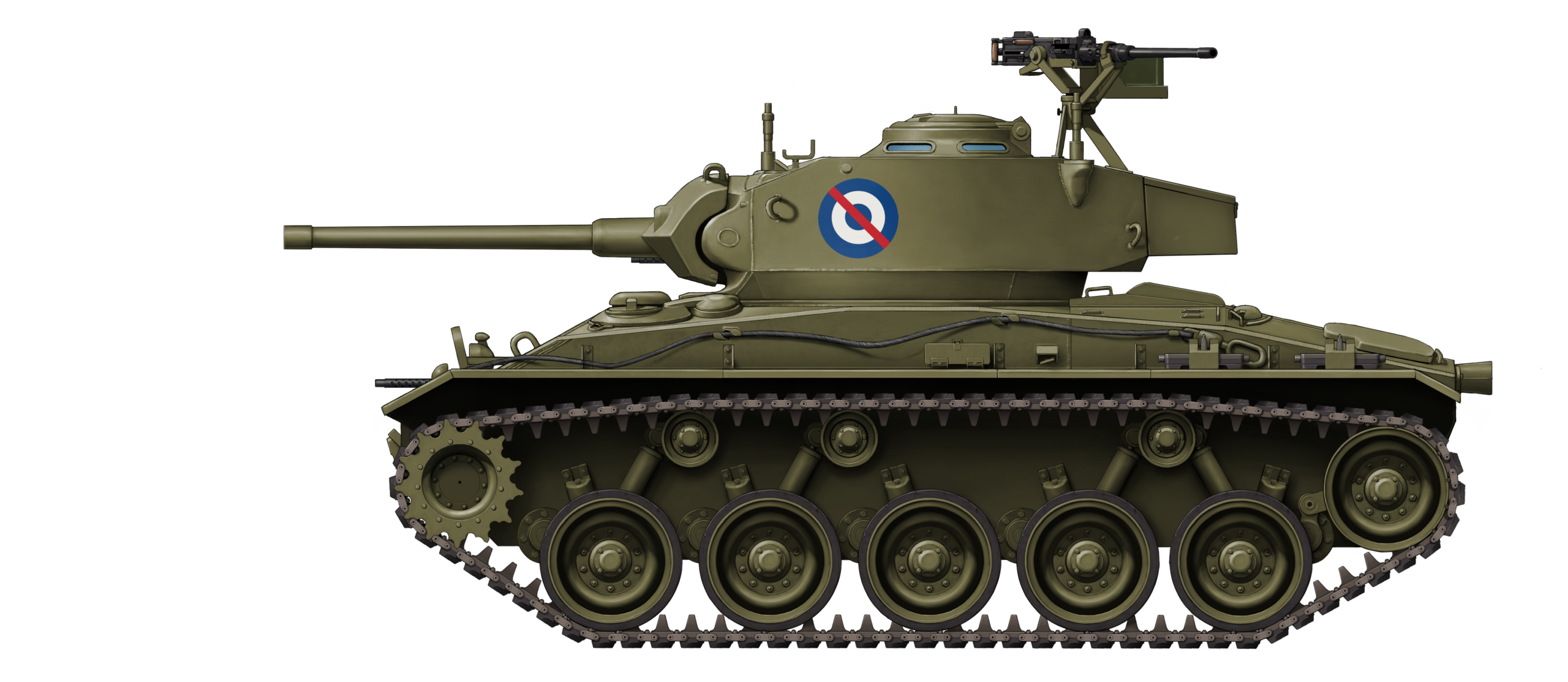
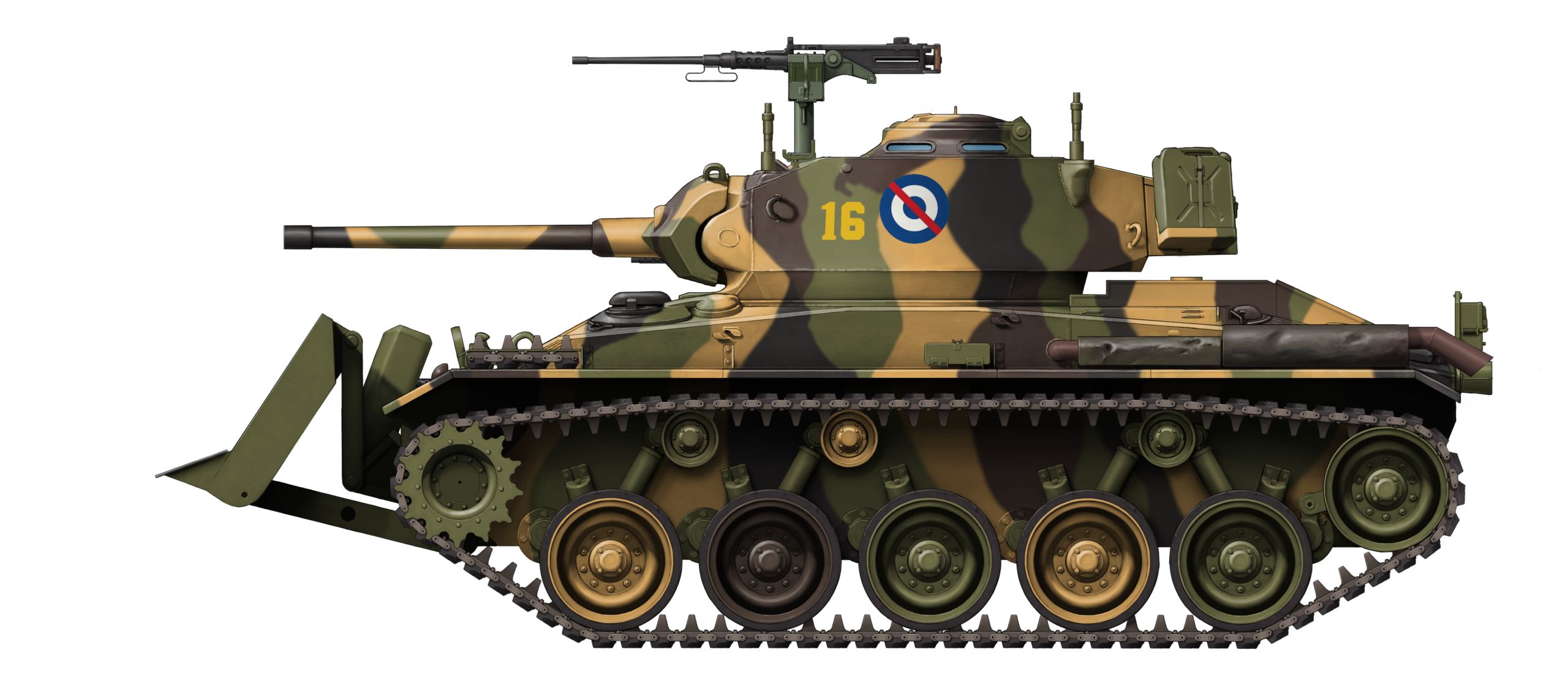
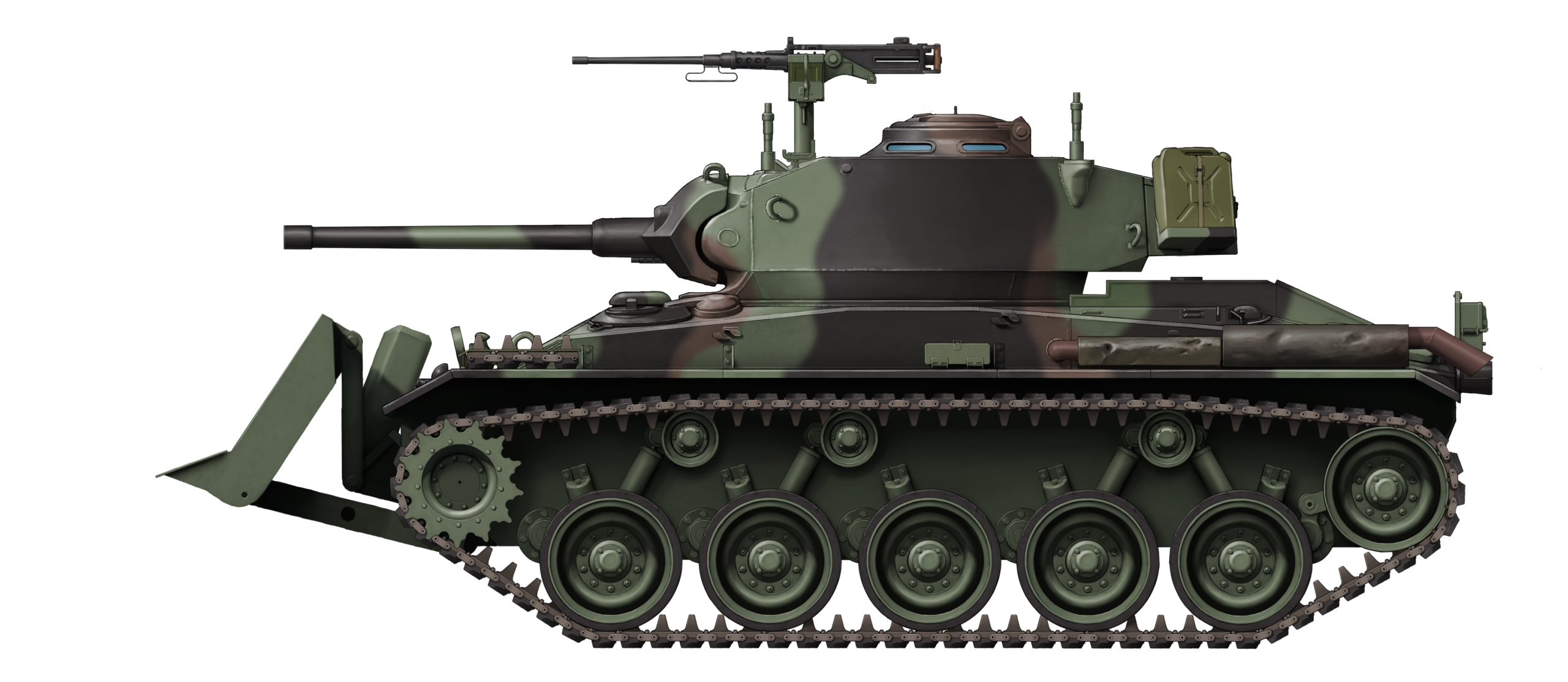
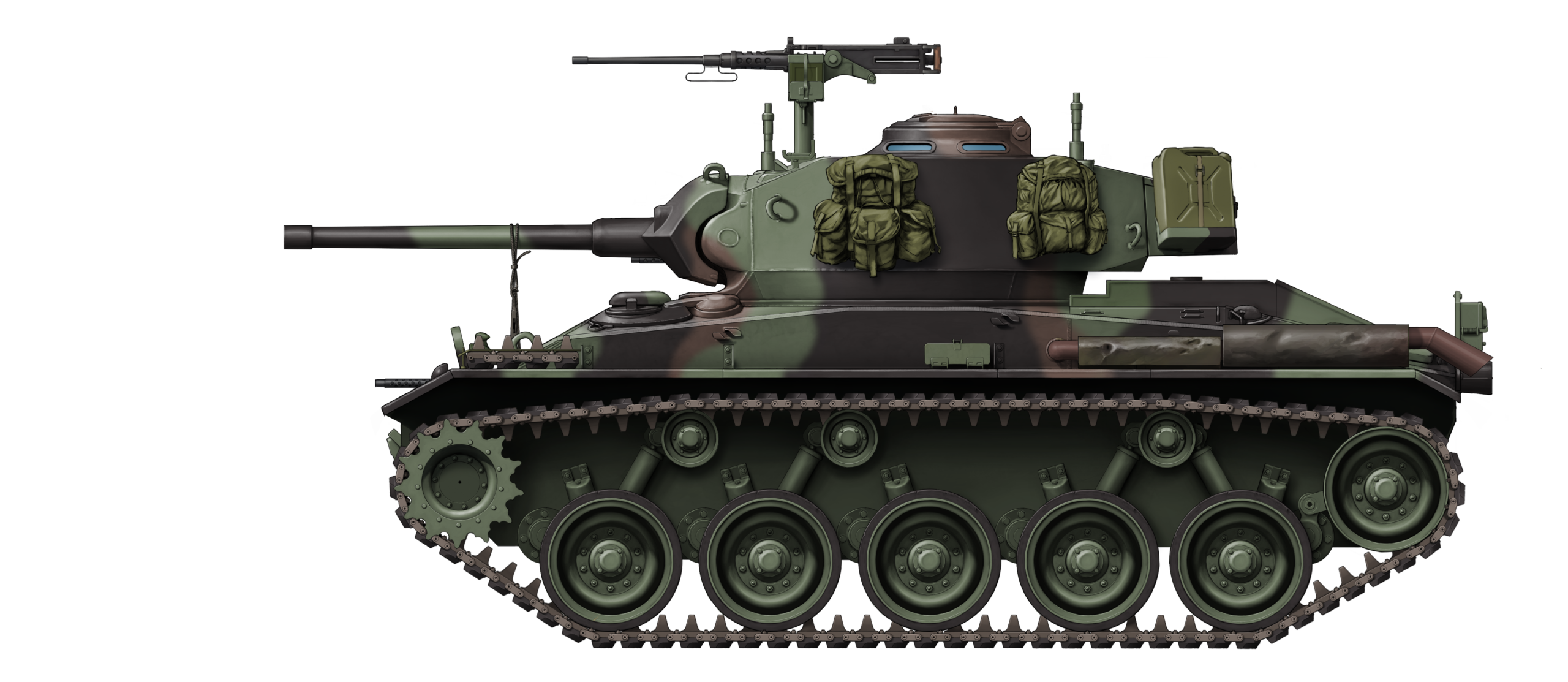
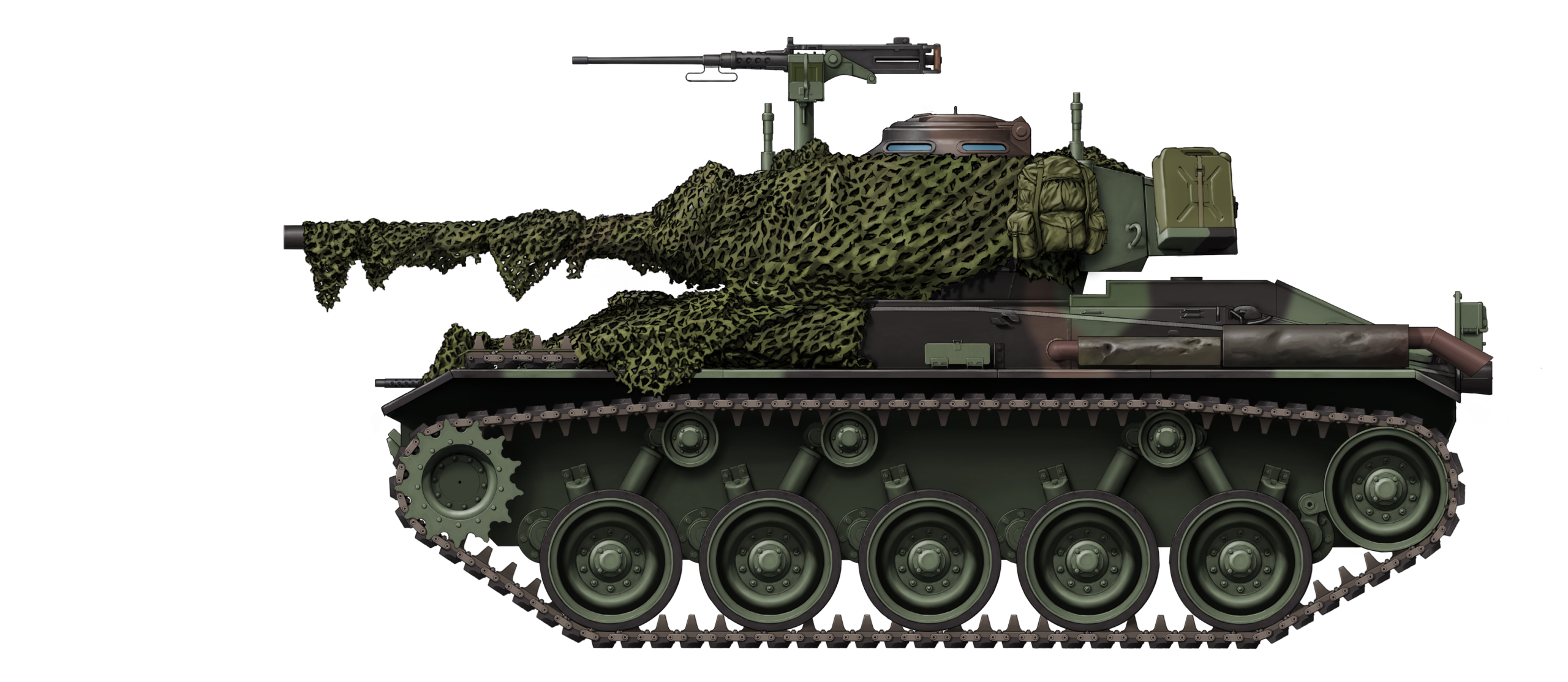
Sources
Hermanos en armas en la paz y en la guerra on Facebook
Blindados Argentinos de Uruguay y de Paraguay, Ricardo Sigal Fogliani, Ayer y hoy editions
Infodefensa:
https://www.infodefensa.com/latam/2018/07/26/noticia-brasil-avanza-donacion-blindados-uruguay.html
https://www.infodefensa.com/latam/2018/07/18/noticia-uruguay-parque-transporte-capacidad-combate.html

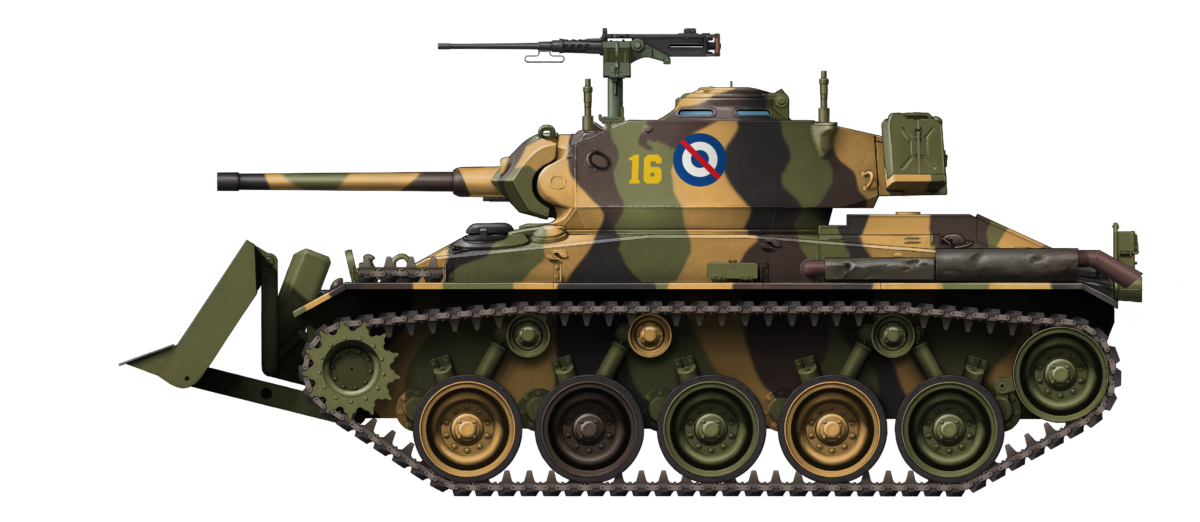
6 replies on “M24 Chaffee in Uruguayan Service”
Where did they get ammunition for the cannons? Was it all ww2 stock?
It is likely large quantities were acquired alongside the vehicles, and that stocks would be fairly easy to access from the USA. Ammunition would indeed mostly if not entirely be WW2 stocks.
Uruguay can easily sell these tanks to private collectors who do World War Two reenactments.
Look at those refurbished tanks at the annual tank meet at Bovington.
Quedo gratamente sorprendido al leer esta publicación y al ver lo profesional de la recopilación del material y lo minucioso del trabajo realizado por su autor. Saludos cordiales. Leonardo Muñoz (Editor – Administrador) Hermanos en armas en la paz y en la guerra.
Very interesting research, I would also like to see something about the M41A1 UR
An article on that tank is very much in our sights.
Thanks
Gareth (TE Manager)